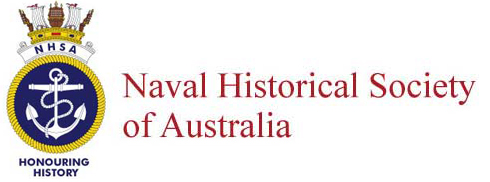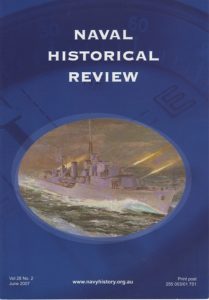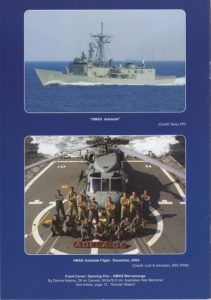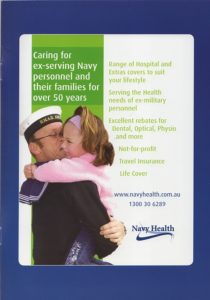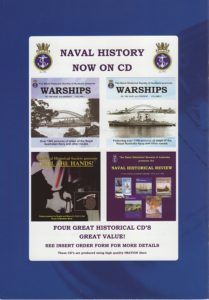- Author
- A.N. Other
- Subjects
- None noted
- Tags
-
- RAN Ships
- None noted.
- Publication
- September 2024 edition of the Naval Historical Review (all rights reserved)
By Lauren Belknap
Recently a group of Australian officers and sailors has undertaken training at the United States Naval Submarine School at Groton. Keeping us up to date with these developments, this important background story has kindly been provided by Ms Lauren Belknap, a Public Affairs Officer at the US Naval Submarine School.
There is a saying in the United States Submarine Force that when an enemy of the US makes a move, the first words out of the US President’s mouth are, ‘where are my submarines?’ because submarines are the most capable force in the US military.
The home of the US Naval Submarine Force is located in Groton, Connecticut on the northeast coast of the United States. There, almost 250 years of submarine history has unfolded, from the creation of the first underwater vessel used in combat to training the newest members of the United States Naval Submarine Force in the latest technology at the US Naval Submarine School.
Submarines in America go back to 1775, when David Buschnell from Old Saybrook, Connecticut, created an underwater vessel he called the Turtle that was used to attach explosives to the underside of British ships during the American Revolutionary War. While the Turtle was not successful, it is considered to be the first underwater vessel used in combat. It would be more than 100 years before the US Navy started its underwater fleet with the purchase of the USS Holland (SS-1) on April 11, 1900. Now with a submarine fleet, the US Navy needed a place to train submariners. In 1916, the US Navy chose the naval salvage yard in Groton, Connecticut, just a few miles down the road from where Buschnell created his Turtle, to put the new US Naval Submarine School and this transformed the area into the ‘Home of the Submarine Force.’ This was just in time for America to make its mark in the world as a military power.
Although submarines were not an integral part of the US forces during World War I, they did patrol the waters looking for German submarines and ships. Later, it was during World War II when the Submarine Force became the powerhouse of the US Navy as we know it today. Assessments indicated that US submarines sank 540,192 tons of Japanese naval vessels, and 4,779,902 tons of merchant shipping during the course of the war, accounting for 54.6 percent of all Japanese vessel losses. It was also at this time that the US Naval Submarine Force and the Royal Australian Navy would work together in the Pacific to defeat the Japanese Imperial Forces. American and Australian relations during this time were built on a common background and mutual enemy, which resulted in a strong partnership that continues to this day. While the enemy may have changed, the partnership is as strong as ever, as seen in AUKUS.
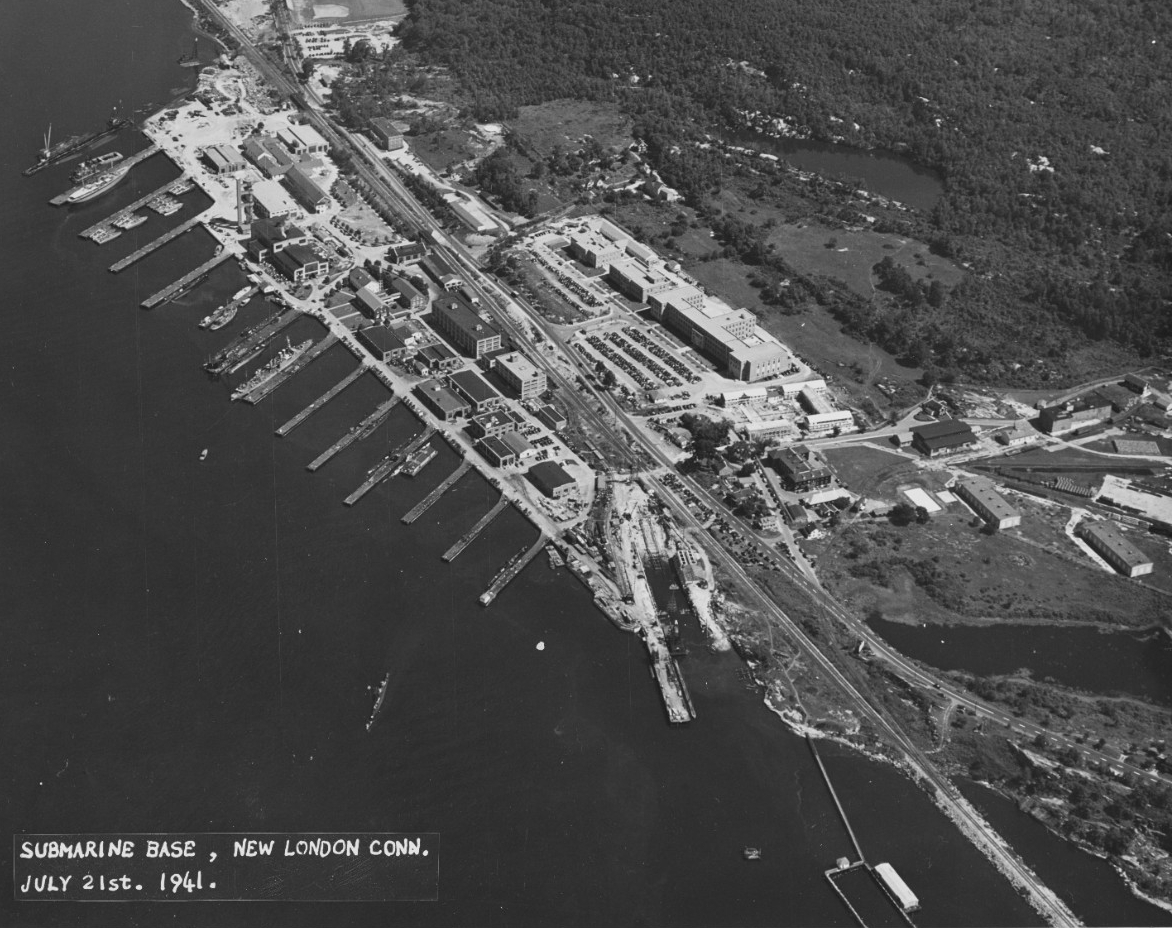
US Submarine School Groton July 1941 – USN
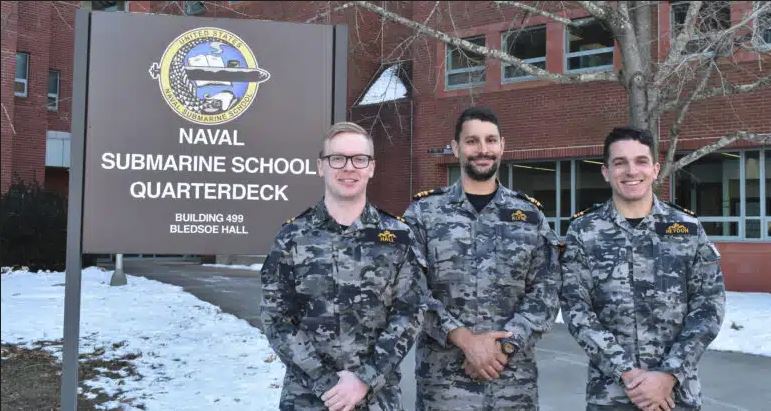
Amongst the first RAN personnel to undergo submarine training at Groton were LT William Hall, LCDR Adam Klyne and LCDR James Heydon who joined in February 2024.
AUKUS is a trilateral security partnership for the Indo-Pacific region between Australia, the United Kingdom, and the United States. Announced on 15 September 2021, the partnership involves the US and the UK assisting Australia in acquiring nuclear-powered submarines. The partnership also includes cooperation on advanced cyber mechanisms, artificial intelligence and autonomy, quantum technologies, undersea capabilities, hypersonic and counter-hypersonic0 electronic warfare, innovation and information sharing. To ensure that the Royal Australian Navy has submariners ready to take on the role of operating the country’s first nuclear submarine, RAN submariners have started training at the US Naval Submarine School. Once the RAN sailors have completed school, they will be stationed aboard US Navy submarines for further training and experience.
The US Naval Submarine School started with one building in 1916 but has become the largest unit on the Submarine Base in Groton with multiple buildings used to educate thousands of submariners every year. Within the Submarine School there are multiple pipelines in which submariners receive training including submarine officers, enlisted submariners, submarine-specific rates, sailors choosing to serve on submarines, pre-submarine training, and advanced submarine training. The school trains submariners in two parts, the first being classroom academic training and the second is hands-on training in real-life scenarios. The real-life training platforms include three high risk trainers which are the Pressurised Submarine Escape Trainer, Damage Control Wet Trainer, and the Fire Fighting Trainer.
Almost every submariner in today’s US Navy will not only go to the school for training, but may be stationed either at the school, on the submarine base, or aboard one of the many nuclear submarines stationed in Groton. With the US Naval Submarine School, multiple submarines and two companies that make submarines it is no wonder that the area is called Home of the Submarine Force.
This article has been kindly supplied by Lauren Belknap, a Public Affairs Officer at the US Naval Submarine School.
